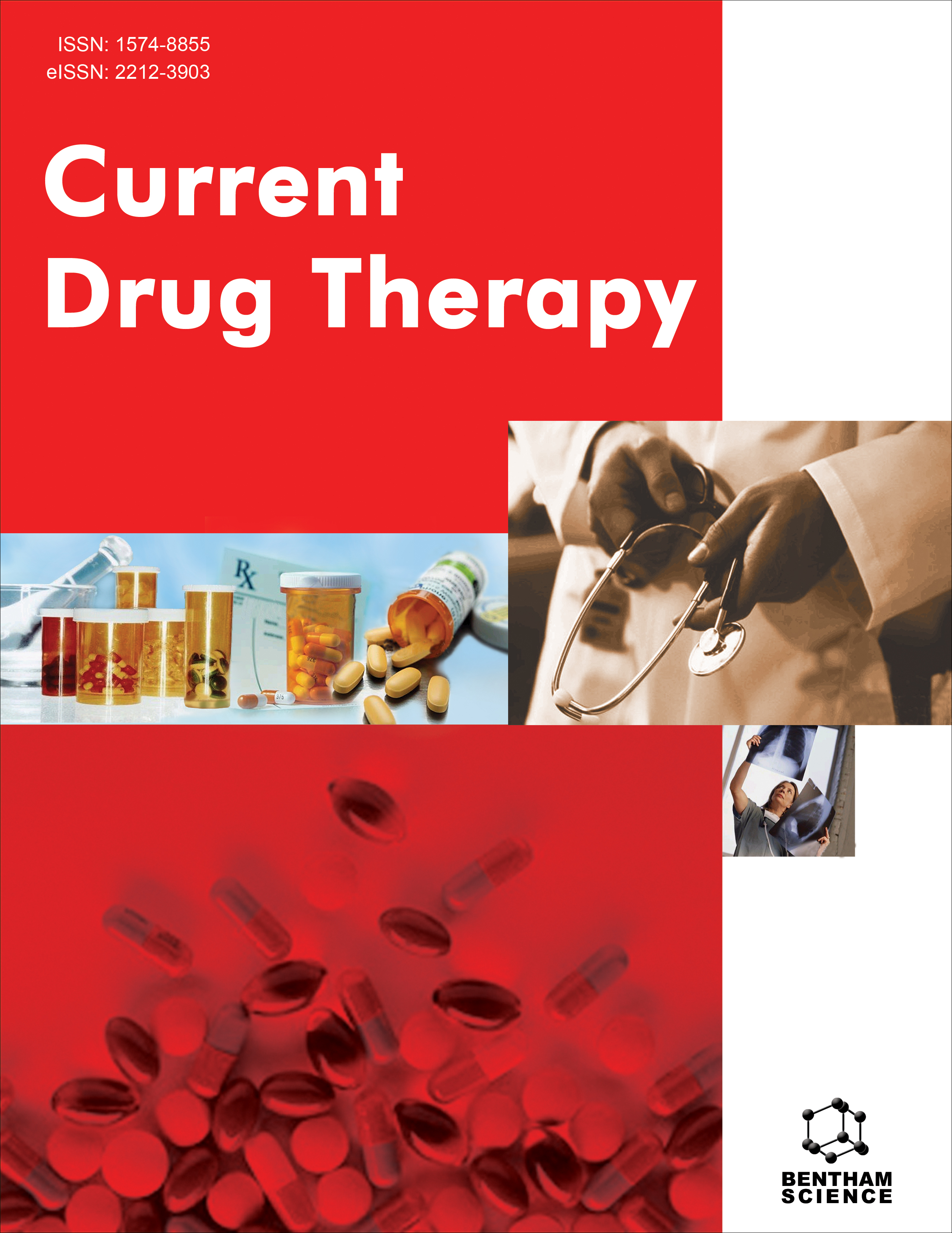
Full text loading...
We use cookies to track usage and preferences.I Understand
Currently, a significant proportion of older individuals have demonstrated connections between Parkinson's disease (PD) and type 2 diabetes mellitus (T2DM). Emerging evidence from cohort studies, clinical data, and preclinical meta-analyses reveals that T2DM patients have an increased risk of developing PD, often accompanied by more severe disease progression. These two chronic conditions are believed to share common pathways. The pathways that likely connect the neurodegenerative process of PD include autophagy, mitochondrial dysfunction, dysregulated insulin signaling, inflammation, and insulin resistance. Preclinical PD models highlight the importance of cerebral insulin signaling, which confers numerous neuroprotective benefits. Several ongoing phase II and phase III trials are being conducted in PD-affected populations. These trials reflect the potential of existing anti-diabetic medications to improve PD motor symptoms and halt the progression of neurodegeneration. Brain insulin resistance plays a crucial role in the pathophysiology of PD. The insulin signaling pathway represents a promising novel target for disease modification in both diabetic and non-diabetic PD. Incretin receptors in the brain have emerged as the most promising targets for repurposing existing drugs in PD treatment. Targeting these receptors mitigates inflammation, apoptosis, toxic protein aggregation, long-term potentiation, autophagy, and insulin signaling failure.
Presently, various novel anti-diabetic targets are available that can regulate the insulin signaling pathway in dopaminergic neurons, suggesting improvements in cognitive function and significant neuroprotective effects in PD. Throughout neurodegenerative processes, insulin and incretins exert therapeutic effects in multiple manners. Preclinical studies have demonstrated that glucagon-like peptide 1 (GLP-1) receptor agonists reduce neuroinflammation, tau phosphorylation, and amyloid deposition while increasing synaptic function and enhancing memory formation. Incretin mimetics may act through the restoration of insulin signaling pathways, inducing further neuroprotective effects.
This review examined the reported shared cellular and molecular pathologies between PD and T2DM, and explored the repurposing of anti-diabetic drugs for the prevention of PD progression through the regulation of insulin signaling pathways.

Article metrics loading...

Full text loading...
References


Data & Media loading...

